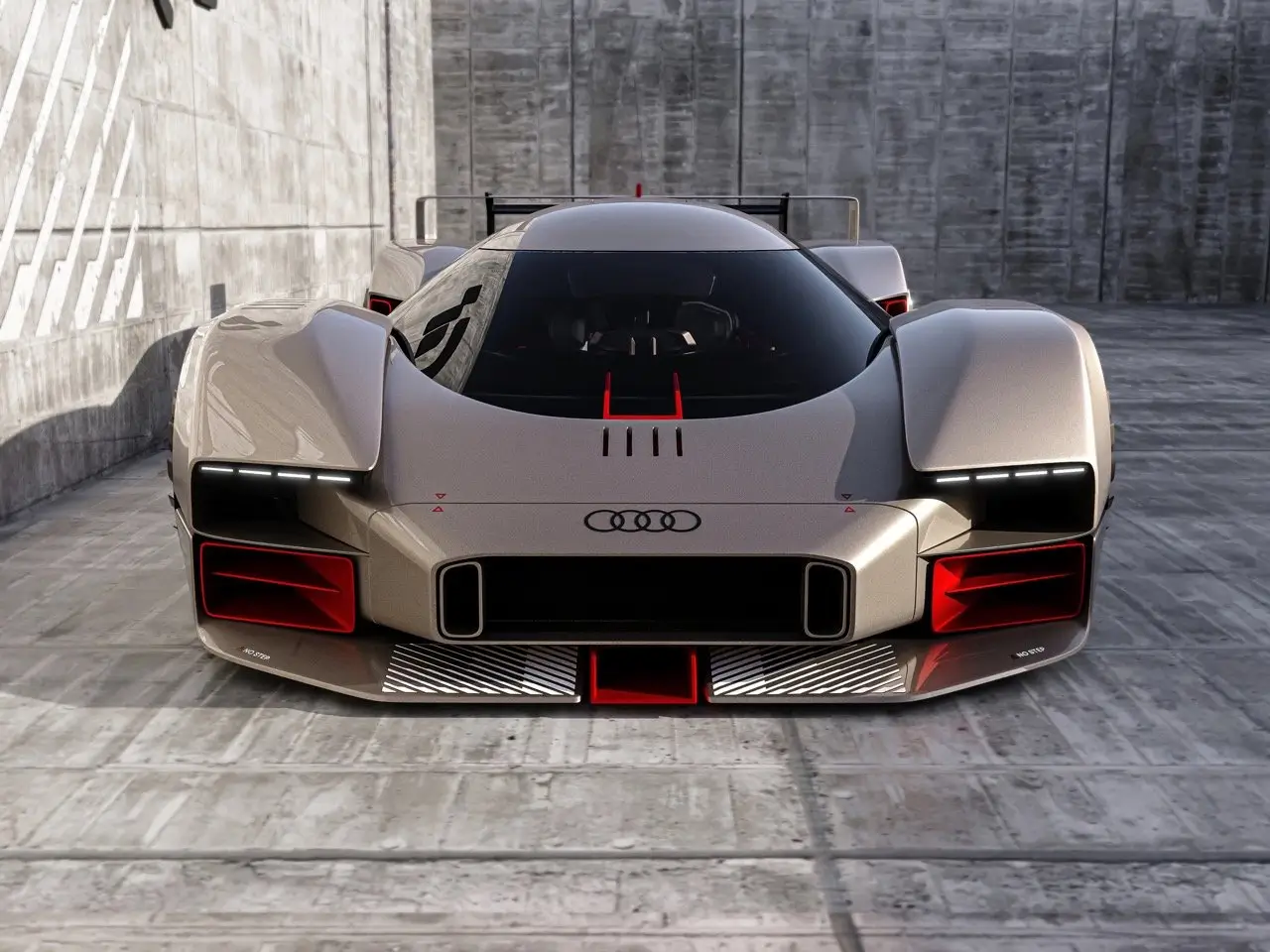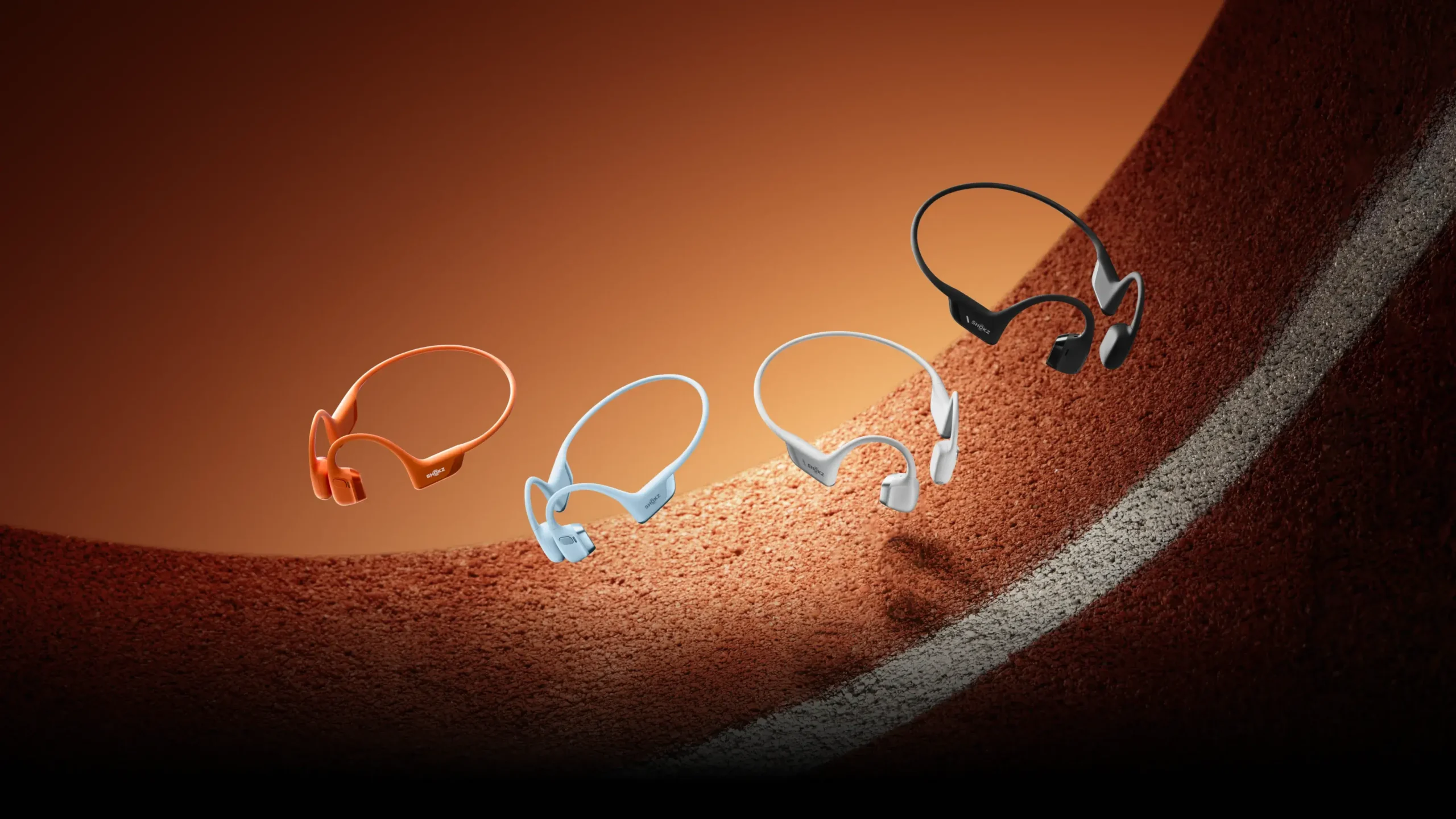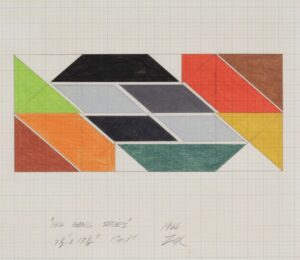In the ever-fluctuating world of classic car collecting, where certain models see sudden spikes in value due to fleeting trends, the 1971-76 full-size Chevrolet stands apart. Unlike the erratic appreciation curves seen with many vehicles, this series of Chevrolets—comprising the Impala, Caprice, and Bel Air—has appreciated steadily over the years, earning a reputation for reliability, charm, and long-lasting appeal. These cars may not always garner the same immediate attention as more flamboyant muscle cars, but they have slowly built up a loyal following of collectors and enthusiasts who appreciate their design, performance, and durability. What makes the 1971-76 full-size Chevrolet special is the way it has steadily increased in value without being subject to the whims of capricious market trends.
The Last of the Traditional Full-Sizers
The 1971-76 full-size Chevrolets represent the end of an era for American automakers. As the 1970s progressed, the industry shifted towards downsizing and fuel efficiency due to tightening regulations and rising fuel costs. However, the early ’70s Chevrolets remained true to the original ethos of the full-size American car: big, bold, and comfortable. These models were some of the largest cars ever produced by Chevrolet, with massive dimensions, plush interiors, and an overall commanding presence on the road.
The 1971 model year saw a major redesign for Chevrolet’s full-size lineup, introducing what became known as the B-body platform. These cars were larger and heavier than their predecessors, with wider stances and more substantial overall designs. This generation of full-size Chevrolets retained the classic body-on-frame construction, with options for powerful V8 engines and rear-wheel drive. The distinctive styling featured prominent grilles, wide front fascias, and long, flowing lines that emphasized the vehicle’s size and presence.
By the time the last of these models rolled off the assembly line in 1976, the automotive landscape had changed significantly. Fuel efficiency and emissions standards were now the order of the day, and smaller, more compact vehicles were gaining favor. Still, the 1971-76 full-size Chevrolet had already made its mark, and its legacy would continue to grow in the decades that followed.
Steady Appreciation: A Model of Consistency
Unlike some classic cars that see wild price swings based on fads or sudden surges in popularity, the value of the 1971-76 full-size Chevrolets has appreciated at a steady, consistent pace. Part of the reason for this lies in the cars’ practicality and accessibility. While vehicles like the Pontiac GTO or the Chevrolet Corvette often attract attention for their high-performance credentials, the full-size Chevrolets have always represented a more attainable slice of automotive history. These cars were workhorses, often used for family transportation or long road trips, and many have survived in good condition over the years.
For collectors, this generation of full-size Chevrolets offers a solid entry point into the world of classic cars without the exorbitant price tags of more exotic models. The gradual rise in value over time can be attributed to several key factors, including the cars’ iconic styling, robust construction, and relatively low cost of ownership. Even today, parts for these vehicles are readily available, and the simple mechanicals make them easier to maintain than many other classic cars.
The appeal of the 1971-76 full-size Chevrolet is also tied to its versatility. Whether you’re looking for a comfortable cruiser for weekend drives or a platform for a custom build, these cars can be adapted to fit a variety of tastes and styles. Many enthusiasts have taken to modifying these vehicles with modern performance upgrades or custom paint jobs, while others prefer to keep them in original condition, appreciating their vintage appeal.
Design That Endures
One of the reasons the 1971-76 full-size Chevrolet has continued to appreciate is the enduring appeal of its design. The styling of these cars is quintessentially American, representing a period when bigger was unquestionably better. The broad front end, large chrome bumpers, and expansive hood all contribute to the sense of scale and grandeur that makes these cars stand out on the road. Inside, the spacious interiors feature bench seating and a dashboard design that prioritizes comfort and ease of use.
The Impala and Caprice models, in particular, were seen as the top-tier offerings within the full-size Chevrolet lineup, with the Caprice positioned as the more luxurious option. These models featured upgraded trim, more powerful engine options, and additional comfort features that set them apart from the entry-level Bel Air. Over time, these distinctions have become more pronounced in the collector car market, with well-preserved examples of the Caprice and Impala fetching higher prices than their Bel Air counterparts.
However, no matter the trim level, all of these cars share a design language that has aged gracefully. While other vehicles from the 1970s may look dated or overly flamboyant by today’s standards, the full-size Chevrolets maintain a classic elegance that continues to appeal to collectors.
Performance and Power
Though not designed as muscle cars, the 1971-76 full-size Chevrolets still offered plenty of power under the hood. Most models came standard with V8 engines, ranging from the reliable 350-cubic-inch small block to the more potent 454-cubic-inch big block. These engines provided enough torque to move the heavy cars with ease, and the rear-wheel-drive layout ensured a smooth, balanced ride.
While performance enthusiasts might look elsewhere for raw speed, the full-size Chevrolets were built for comfort and cruising. The suspension was tuned for a soft ride, ideal for long-distance driving or highway cruising. Even today, these cars can hold their own on the road, and many owners appreciate their ability to float down the highway with ease, offering a driving experience that is hard to find in modern vehicles.
Impression
Looking ahead, the 1971-76 full-size Chevrolet is poised to continue its steady appreciation. As more collectors discover the joys of owning these cars, demand is likely to increase, especially for well-preserved or restored examples. While the market for classic cars can be unpredictable, the enduring appeal of these Chevrolets makes them a safe bet for long-term investment.
One of the key factors that will influence future appreciation is the availability of good-condition cars. As with any classic vehicle, rust and wear can take a toll, and finding original examples with minimal modifications is becoming increasingly difficult. However, the large production numbers of these cars mean that there are still plenty of examples available, offering a range of options for collectors at different price points.
Additionally, the growing interest in vintage American cars, both domestically and internationally, suggests that the value of these vehicles will only continue to rise. While certain models may experience spikes in value based on trends or specific events, the 1971-76 full-size Chevrolet will likely remain a stable and appreciating asset for years to come.
A Classic That Stands the Test of Time
The 1971-76 full-size Chevrolet, whether in the form of an Impala, Caprice, or Bel Air, has earned its place as a classic American car that appreciates with grace and consistency. Its steady rise in value reflects the timeless appeal of its design, performance, and reliability. For collectors and enthusiasts, these cars represent a unique opportunity to own a piece of automotive history that offers both practical enjoyment and long-term investment potential.
In a world where classic car values can be capricious, the full-size Chevrolet remains a steadfast option, offering the charm and character of a bygone era without the volatility of trend-driven models. As more people recognize the value of these cars, their legacy will only grow stronger, ensuring that they remain beloved icons of American automotive design.
No comments yet.








